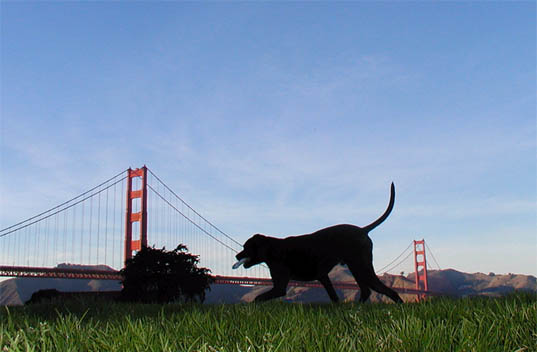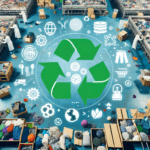
If you have dog then you already know how much crap those animals can produce. Imagine if that poop was worth something more than putting in a brown bag and lighting it on fire, like kids do. The guys over at inhabitat had a cool write up on some new initiative in San Francisco. Anyone who’s ever spent time in San Francisco (and perhaps stepped in a stinky patch in Duboce park) knows that this is a city that loves its dogs. So much so that dog poop is a real issue in terms of urban cleanliness — pet feces currently makes up nearly 4 percent of San Francisco’s residential waste! So its about time then, that someone came up with the brilliant idea to put San Francisco’s dog poop to work and find a better use for it than simply filling up garbage cans (and getting stuck on people’s shoes). The forward-thinking environmentally-friendly city will be the first in the nation to use dog feces as a renewable energy source through the production and combustion of methane gas.

6,500 tons of dog poop is produced in the San Francisco Bay Area every year. Rather than view this waste as a problem, San Francisco’s waste management contractor, Norcal Waste, saw this as an opportunity for the already environmental city to go a bit greener. Since January 2006, Norcal has been collecting dog feces throughout the city and now has dog-waste collection carts with biodegradable bags set up in Duboce Park, one of city’s most popular dog parks.
The poo-to-energy scheme works like this: the pet poop is first put into an anaerobic digester, which uses bacteria to convert organic waste into methane gas. Burning that gas produces energy in the form of electricity, natural gas, and liquefied natural gas. This gas is then captured and used to power equipment that normally runs on natural gas, such as a kitchen stove or a heater. The 2 week long “digestion process†also produces valuable compost for agriculture.
Despite the chuckles this project may elicit — it will provide a very tangible benefit to San Francisco by helping the city reach its goal of diverting 75 percent of its waste from landfills by 2010, also providing a clean new energy source! The city piloted another innovative bio-recycling program in 1996, collecting food scraps from houses and restaurants and turning them into fertilizer for local farms and vineyards. This project was very successful and still continues to this day.







Leave a Reply